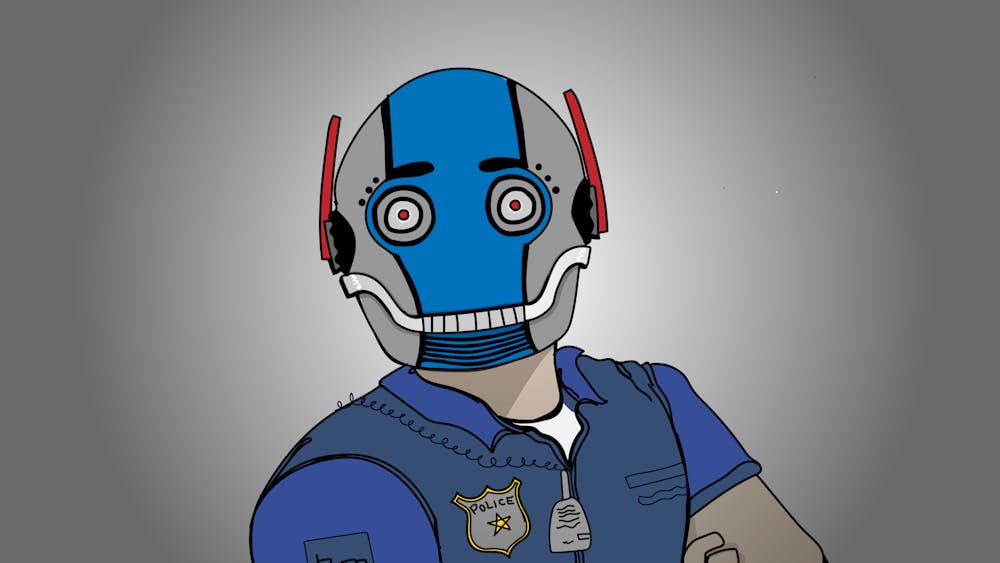In 1979, my aunt was driving her 1968 Cadillac Coup DeVille down a road in central New Jersey when she collided with a Datsun pickup truck. The truck sent her head-on into a set of four concrete pillars that were guarding a building. To this day, many of my family members say, "Thank God she was in that car."\nFortunately, my aunt survived the accident. But she says she wouldn't have survived if she was driving a car like the one she drives now. My aunt is referring to the flimsy nature of most of today's cars. While car designs have certainly progressed, the materials used to build those designs have been downgraded to near plastic.\nIn 1975, the government mandated Corporate Average Fuel Economy (CAFE) standards as a reaction to the Arab oil embargo of 1973. "The primary goal of CAFE was to partially immunize American drivers against the effects of the embargo by requiring our cars to use less gasoline," says James Taylor, managing editor of Environment and Climate News -- a publication of the Heartland Institute.\nTo satisfy the CAFE standards, car manufacturers adopted more aerodynamic molds and utilized lighter materials. Manufacturers eventually developed cars that could handle air resistance more efficiently and weigh less. A 1989 study by Robert Crandall (Brookings Institution) and John Graham (Harvard School of Public Health) found that cars saw a 23 percent reduction in weight since 1974.\nUndoubtedly, a lightweight car will improve fuel efficiency, but at what cost? The increase in fuel efficiency has been met by an increase in miles traveled by American drivers. Translation: the fuel efficiency benefits are being canceled out.\nIt appears that the originators of CAFE also ignored the consequences of fuel efficiency on human lives and highway safety.\nA 1999 USA Today study found that since the Energy Policy and Conservation Act of 1975, almost 46,000 people have died in car crashes that could have been prevented if the cars involved had been larger and heavier. Despite the evidence linking fuel efficiency with automobile fatalities, it all boils down to a simple equation. A car with more mass will be able to absorb more force from a collision than a lighter car. I don't know about you, but I'll take a nice hunk of steel surrounding me any day over some wimpy fiberglass structure. \nIn addition to the safety risks of new cars, American drivers are nickel-and-dimed with repair costs. These overlooked costs create an incredible burden for automobile owners. In high school, I rear-ended a 1983 Nissan Sentra going about 25 miles an hour in my 1986 Chrysler LeBaron. The collision created a chain reaction with the Nissan and two other cars. The only car that sustained any damage was the new Toyota at the end of the chain. Total cost: $1,300.\nAt the time, I couldn't understand why a car that I didn't even hit sustained so much damage. But after viewing several other accidents involving new cars, I realized that the lightweight construction of newer cars can turn a simple fender bender into a multi-thousand dollar ordeal.\nWe often talk about cars "wrapped around" trees and crushed like an "accordion." Few Americans view the extreme malleability of today's cars in a good light. Why is it that we still force car manufacturers to build lighter, more dangerous cars?\nSadly, most politicians avoid this question. They should, however, heed this: you don't kill people to save gas. Repeal the CAFE standards.
CAFE not my cup of tea
Get stories like this in your inbox
Subscribe





